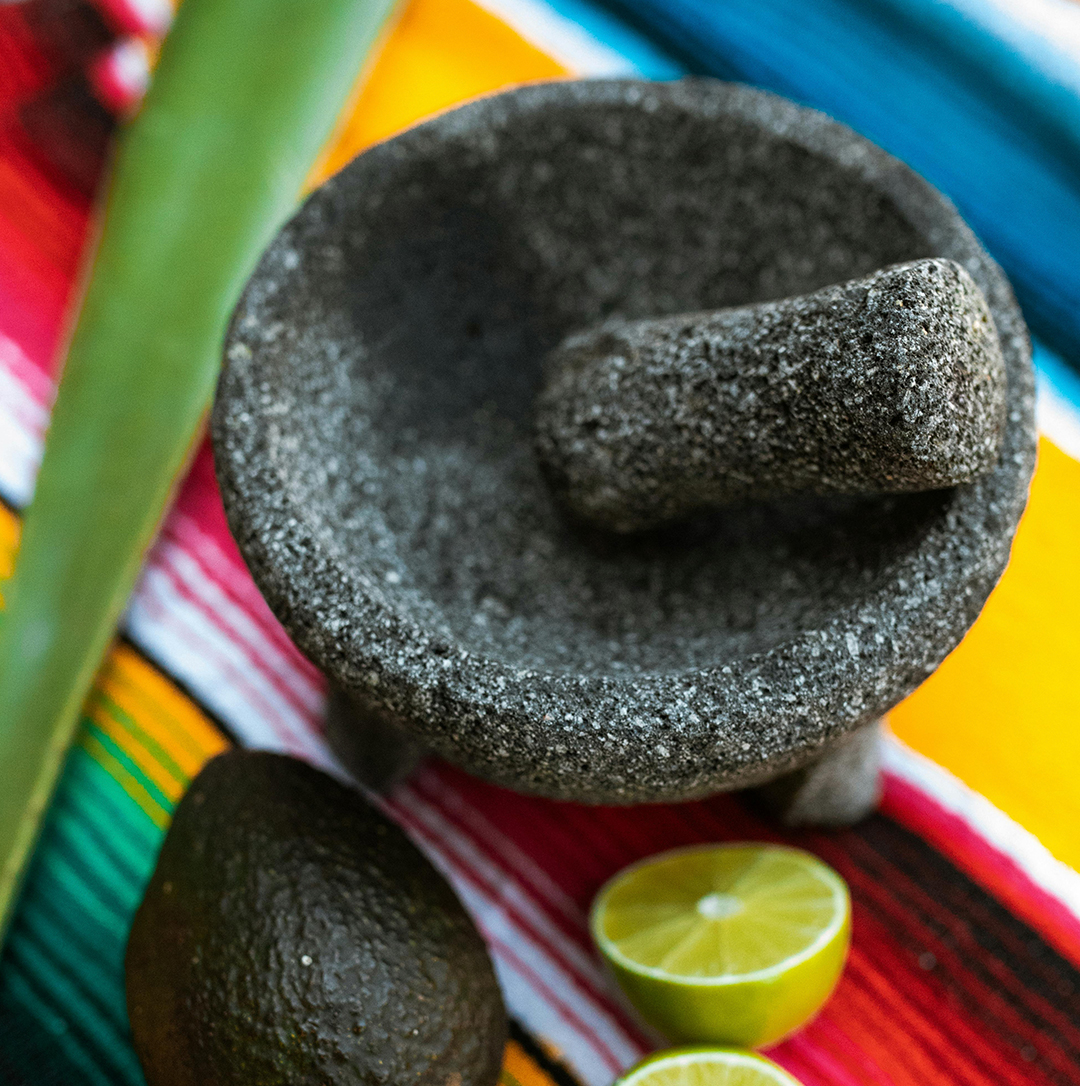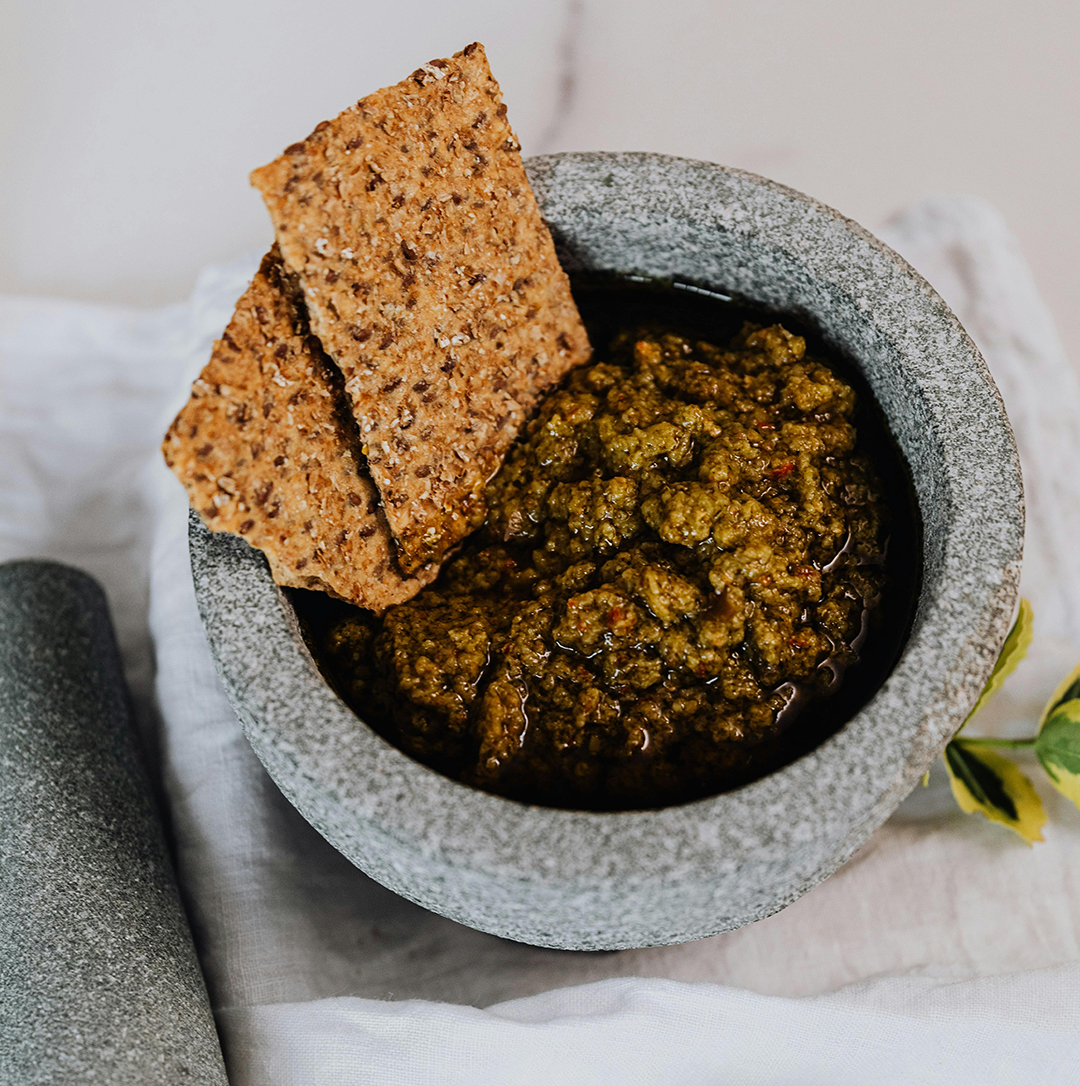Molcajete Magic: How to Cure It, Use It, and Say It Like a Pro
Let’s talk molcajetes. You’ve seen them — that heavy, volcanic rock bowl sitting in your abuela’s kitchen or maybe at your favorite taco spot next to a pile of perfectly mashed guacamole. The molcajete is not just a kitchen tool; it’s an heirloom, a symbol of flavor, and the OG blender before electricity decided to make things boring. But before you start smashing avocados in one, there’s something you must do: cure your molcajete.
Because yes — like cast iron skillets and your favorite salsa playlist, a molcajete needs a little work before it’s ready for prime time.
What Does “Curing a Molcajete” Even Mean?
Curing a molcajete (or “curar el molcajete,” if you want to impress your Spanish teacher) is the process of removing loose grit and stone dust from the surface. When a molcajete is new, it’s still shedding tiny volcanic rock particles. If you skip curing, you’ll end up with a gritty guacamole — and nobody wants to feel like they’re chewing pebbles.
So, curing is basically how you prepare your molcajete to become the smooth, flavor-infusing guacamole hero it was destined to be.

Picture provided by Pexels.com
Step-by-Step: How To Cure a Molcajete (The Right Way)
We’re going to walk you through it — no shortcuts, no “life hacks.” This is the traditional way, the real way.
- Rinse it well. Give your molcajete a good rinse with water (no soap, ever — we repeat, no soap). It’s stone, not ceramic, so it’ll absorb whatever you put on it. And you don’t want your salsa tasting like lavender dish detergent.
- Grind dry rice. Take a handful of uncooked rice and start grinding it with the pestle (that’s the tejolote — say it with us: te-ho-lo-te). You’ll see the rice turn gray as it picks up dust. Dump it, rinse, and repeat until the rice stays white. That’s how you know the surface is smooth and clean.
- Add some flavor. After the rice stage, make a paste of garlic, salt, and a little water. Grind that too — it helps season the stone and fills in microscopic pores. Plus, your molcajete starts smelling like the promise of future tacos.
- Rinse again and dry. When you’re done, rinse with warm water and let it air dry completely.
Voilà — your molcajete is now cured and ready for guacamole greatness.
Why Bother With a Molcajete?
We get it — there are blenders, food processors, and TikTok “avocado smashers.” But none of them compare. A molcajete doesn’t just mix; it melds flavors. The rough stone texture crushes ingredients instead of slicing them, releasing oils and aromas in a way metal blades can’t.
When you make guacamole in a molcajete, it doesn’t just taste like avocado — it tastes like history, patience, and the spirit of every tía who ever told you “ponle más limón.”
Also, let’s be real: saying “molcajete” makes you feel a little powerful. (Just don’t say “mole-cajet” — it’s mohl-kah-heh-teh). If you can get that right, you’re already ahead of half the people trying to memorize Bad Bunny’s Spanish lyrics phonetically.
FAQ: Everything You Wanted to Know About Molcajetes (But Were Afraid to Ask)
Q: Can I put my molcajete in the dishwasher?
Absolutely not. Unless you like soggy rock and regret.
Q: How often do I need to cure it?
Just once, when it’s brand new. After that, regular use keeps it seasoned — kind of like a good friendship or your favorite cast iron pan.
Q: What can I make in it besides guacamole?
Salsas, spice pastes, moles, marinades — basically anything you can smash. It’s also a pretty cool serving bowl if you want to flex at your next dinner party.
Q: How do I clean it after use?
Warm water, a brush, and air dry. That’s it. No soap. Ever. (We’ll say it again for the people in the back.)

Picture provided by Pexels.com
Everything Starts (and Ends) in the Molcajete
Curing your molcajete isn’t just about cleaning a rock bowl — it’s about connecting with a tradition that’s older than your Spotify playlist. Once you’ve done it, you’ll never go back to store-bought guac.
So, next time someone asks why your guacamole tastes so much better, you can smile and say, “It’s the molcajete.” Then take a sip of your margarita and enjoy knowing you’ve officially joined the ranks of culinary greatness — one mohl-kah-heh-teh at a time.
